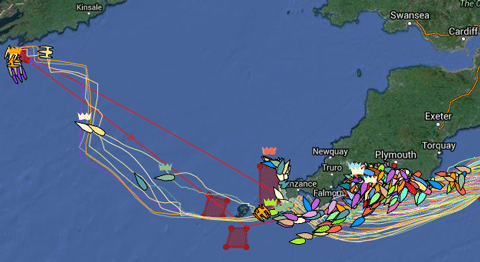
Chinese-Led Team Heads for Arctic
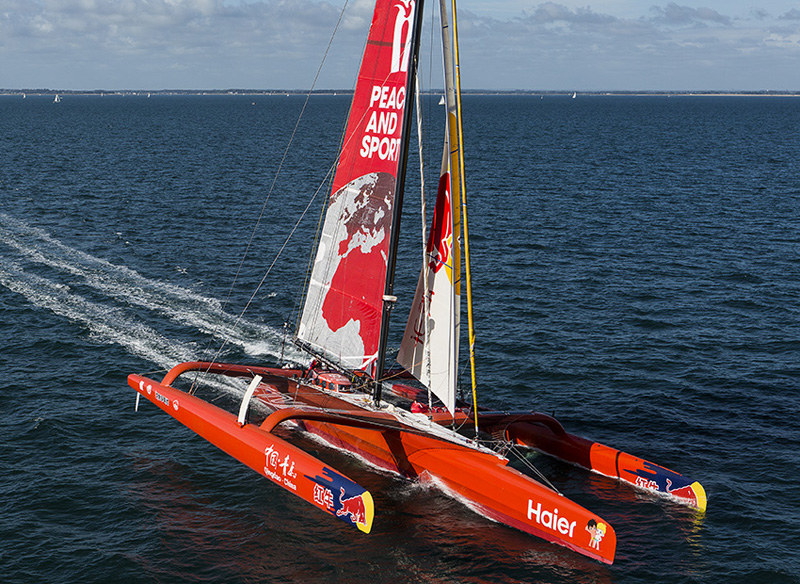
Here’s a little news item that might not have crossed your radar: Having purchased IDEC II, the 95-ft trimaran on which Francis Joyon soloed the planet in a record-breaking 57 days (2008), Chinese circumnavigator Guo Chuan and an international crew of sailors departed La Trinite Sur Mer, France, Friday morning bound for the chilly waters of the Arctic Ocean. Why? Because they hope to establish a world record for a nonstop crossing of the Northeast Passage. That is, from Murmansk, Russia, to the Bering Strait — the opposite side of the Arctic Ice Cap from the Northwest passage.
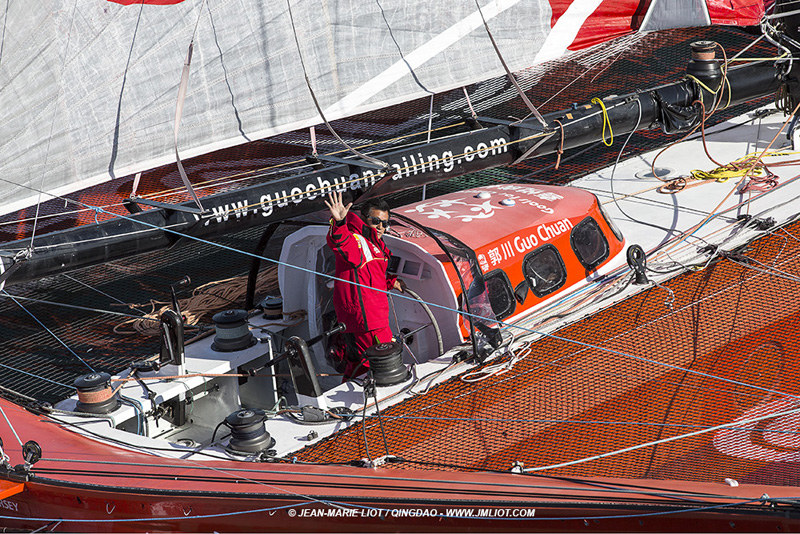
Although Russian commercial vessels often travel that route, it is not a passage that’s frequently attempted — or even contemplated — by sailors, as they must obtain special permission from Moscow to do so. In this case, the fact that renowned Russian sailor and polar explorer Sergei Nizovtsev is on the crew roster may have greased the skids of bureaucracy for Chuan. Also, he has dedicated the voyage to international peace, especially in light of the fact that 2015 is the 70th anniversary of the end of WWII. The logo of Chuan’s organization Peace and Sport is emblazoned on the mainsail of the big tri, now named Qingdao.
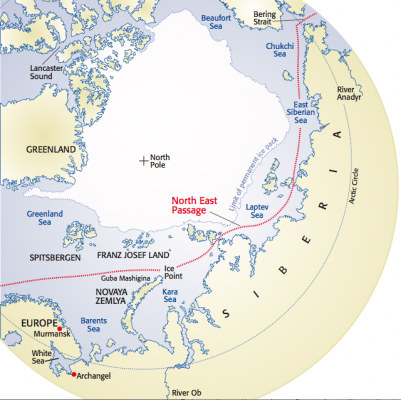
She is scheduled to leave Murmansk September 3. If winds during the 5,000-mile trip allow her to reach her speed potential Chuan and his crew could make the transit in about two weeks. But even in an era when the Arctic Ice Cap is shrinking, such speeds would seem unlikely due to the unpredictable movements of sea ice and highly variable winds. Ironically, in those waters the prevailing wisdom is to take it slow. But we wish Chuan and his crew the best of luck nonetheless.
Resupplying Farallones Researchers
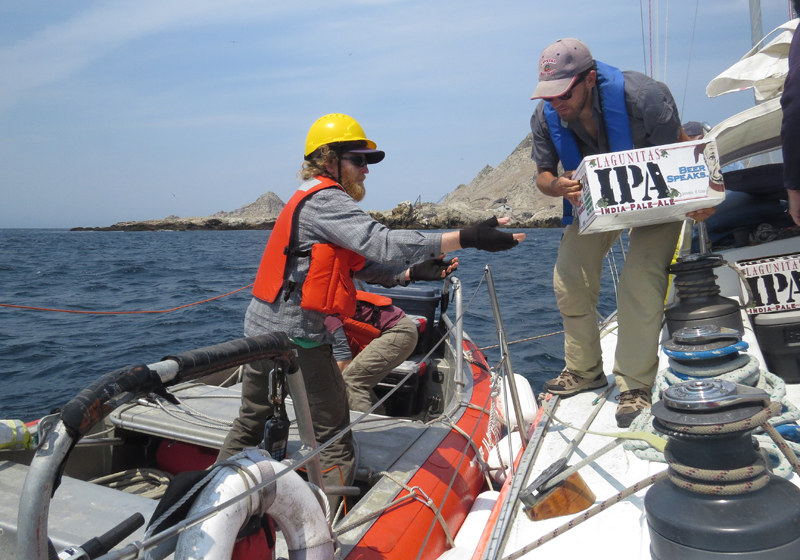
San Francisco Bay sailor Seymour Dodds and friends ventured offshore this weekend ‘on a mission’: to resupply the researchers working on lonely Southeast Farallon Island with food, and yes, a few beers. After all, ornithologists and marine biologists are human too.
Dodds made the trip aboard Jim Bewley’s SC50 Another Girl, as part of the ongoing support offered by the volunteer Farallon Patrol. In addition to bringing out five ‘fresh’ scientists to Southeast Farallon who’ll do bird and shark studies, there was a special guest aboard: "My goal was to get Jim Antrim ashore on the island," says Dodds. "Through the years he’s rounded them something like 70 times." But he’d never before been ashore. "His walking tour exceeded all expectations, and he returned with a massive smile." (Normally visiting sailors are not allowed ashore.)
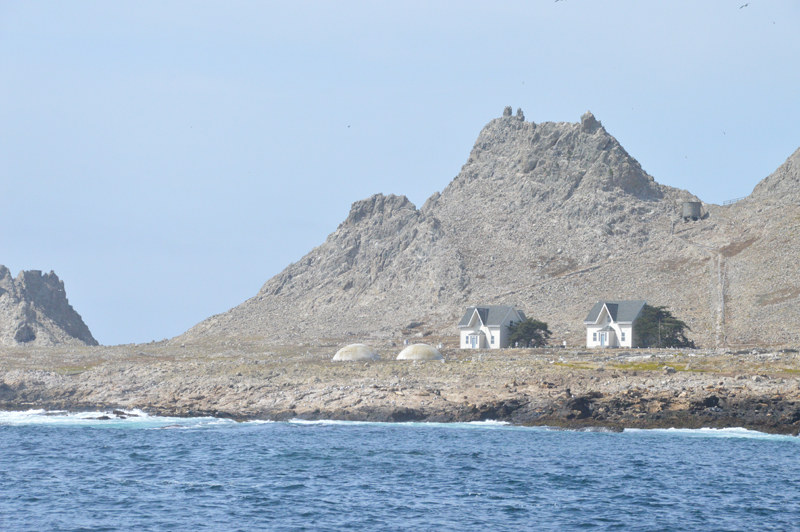
©2015Latitude 38 Media, LLC
Perched near the edge of the Continental Shelf roughly 30 miles west of the Golden Gate, the Farallones are regarded as one of the most diverse marine habitats in the world, earning them the nickname ‘California’s Galapagos’. If you’d like to get involved with the Farallon Patrol, check out their website. We hear they may be looking for a few good boats to assist with resupply missions.
Slow Sailing in the Fastnet
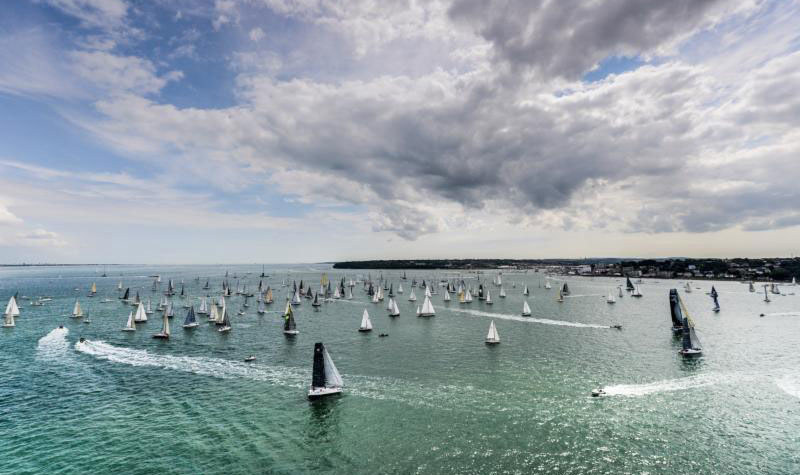
The Rolex Fastnet Race started from Cowes on the Isle of Wight yesterday afternoon. Lloyd Thornberg’s MOD70 trimaran Phaedo3 led a record pack of 356 boats out the Solent and into the English Channel.
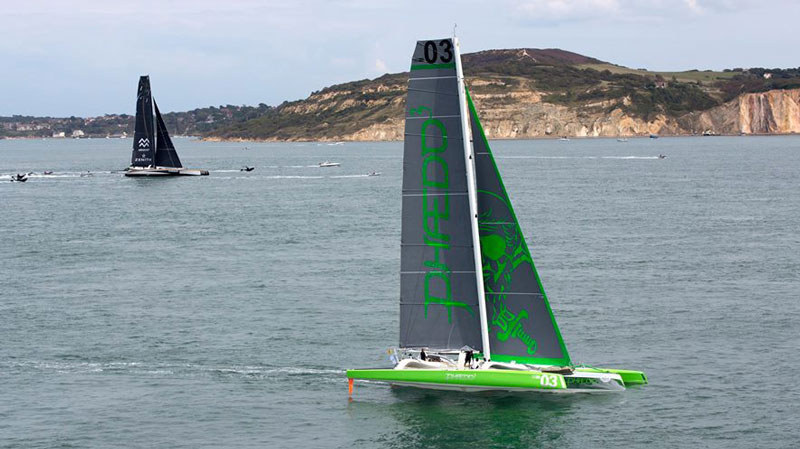
©Latitude 38 Media, LLC
Late in the afternoon (local time) today, the big trimarans made it to the turning mark, Fastnet Rock south of Ireland, and are on their way back to the finish at Plymouth.
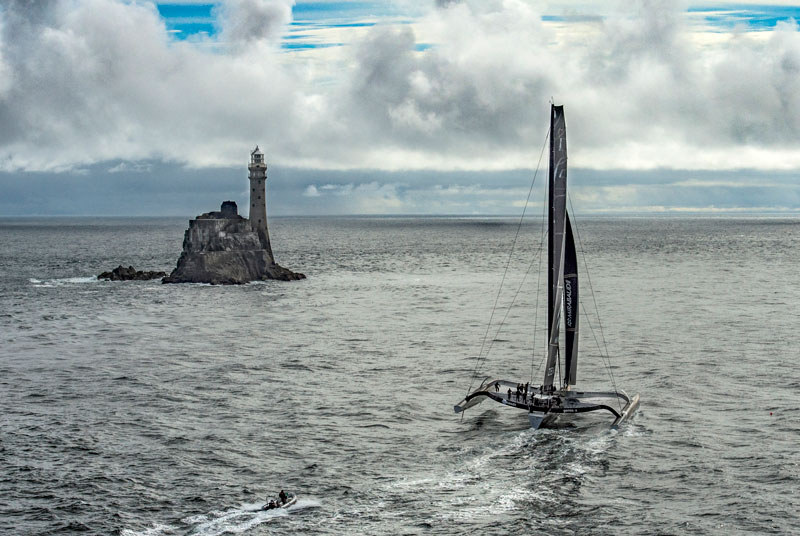
Rambler 88 is leading the monohulls and the IRC fleet overall. Fellow maxis Comanche, Leopard and the newly-launched Maxi 72 Momo are free and clear in the Celtic Sea, but all the rest are trapped back by Cornwall in a high-pressure system that is stalling out the breeze. The monohull race record for the 603-mile course — 42 hours, 39 minutes — set by Ian Walker and Abu Dhabi Ocean Racing’s Volvo 70 in 2011 is safe for another two years. Check out everyone’s current positions on the tracker here.
